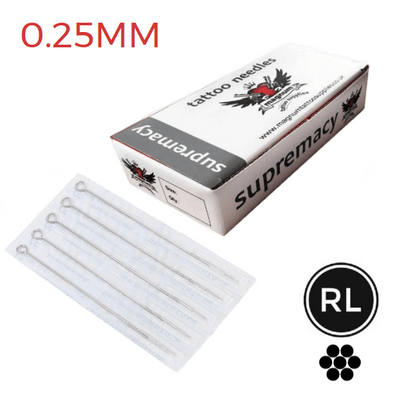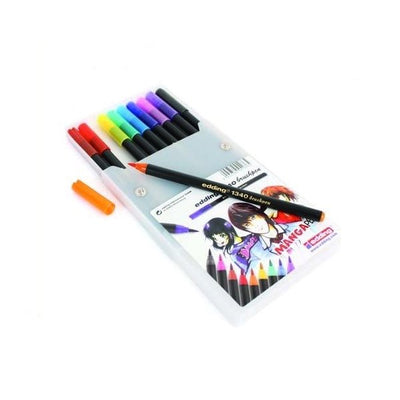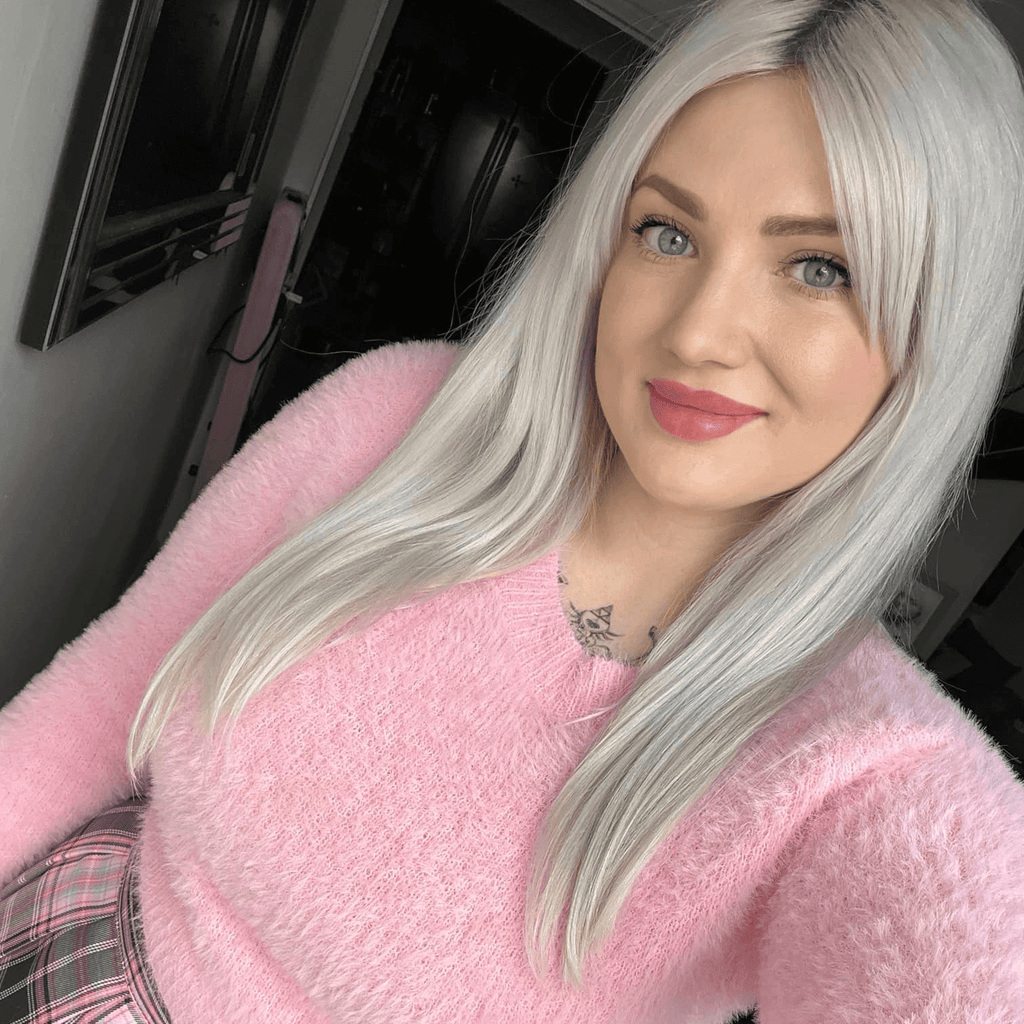Are you constantly grappling with how to set prices at your tattoo studio? Do you wonder if your rates are too high, possibly deterring potential customers, or too low, causing you to undervalue your work and undercut your profits?
Finding that sweet spot, a pricing strategy that's both fair to your clients and profitable for you is a balancing act that often feels challenging. How can you ensure that your pricing structure allows you to thrive as an artist and a business owner?
So, in this article, we aim to provide you with the insights and tips you need to create a profitable and fair pricing model for your tattoo studio.
Pricing structures in tattooing
Flat rate pricing
Flat rate pricing involves setting a fixed price for each tattoo, giving a clear cost to the client regardless of the time taken to complete the piece. Often used for simpler or tiny tattoos, this pricing method provides certainty and transparency.
Hourly rate
The hourly rate method offers flexibility and is typically used for intricate and larger designs that require significant time to complete. With the final price based on the duration of the tattooing process, this method emphasises the time and effort required for detailed work.
Half / full day rates
For larger, more complex tattoos, artists often opt for half or full-day rates. Charging a flat fee for a dedicated block of time allows for focus on creating beautiful, extensive pieces without the need to watch the clock continually. This method offers value for clients and ensures artists are fairly compensated for larger projects.

Key factors influencing the cost of a tattoo
Are you now wondering how much tattoos cost? Perhaps you're even considering the tattoo removal cost? Here are the factors influencing their prices.
Amount and type of ink
The colour and quantity of ink needed for a tattoo can greatly affect the cost. Coloured tattoos often require more time and skill than black-and-grey ones. Also, some colours may be more expensive due to the cost of the ink itself. Larger tattoos or those with more intricate designs will naturally use more quality tattoo ink, increasing the cost.
Experience of the tattoo artist
Your skills, reputation, and experience can greatly affect your pricing. Tattoo artists with much experience and skill generally charge more than beginners. Their years of honing their craft, the unique styles they've developed, and their reputations within the industry all contribute to the premium on their services.
So, if you're a highly skilled artist or have built a strong reputation in the field, you can charge higher rates. On the other hand, if you're just starting, you may need to set lower prices until you gain more experience and build your portfolio.
Size of the tattoo
Tattoo size is directly proportional to cost in most cases. Bigger tattoos, like full-sleeve tattoos, use more ink and take longer to create than small tattoo designs. Hence they cost more. The complexity of a tattoo can also increase with size, adding to the average tattoo prices.

If you're wondering how much does a sleeve tattoo cost? You can find more information in our guide on planning a tattoo sleeve, where we run through everything you need to know about how most tattoo artists approach a half-sleeve tattoo or full-sleeve tattoo.
Location of the studio
The average tattoo cost will also differ depending on the geographical location of your tattoo studio. Just as with any goods or services, where you're located can greatly influence the price of a tattoo. If your studio is located in a city or region with a high cost of living, your prices may need to be higher to account for this.
Design complexity and body placement
Custom designs often cost more than pre-made or simpler ones, requiring more time and skill. In addition, some parts of the body are more difficult to tattoo than others. For example, tattooing on areas with denser nerve endings or thinner skin can be more challenging and hence, may come at a higher price.
Costs of materials
Besides the ink, other materials are involved in the tattooing process, such as needles, gloves, and cleaning supplies. High-quality materials often cost more, which can be passed on to the customer.
Remember, you are not only selling your art but also using consumables to create it. Furthermore, if your tattoo studio follows rigorous health and safety protocols, you may charge more to cover the associated costs.
Quick tips for setting up your tattoo price list
1. Have a minimum charge
Consider setting a minimum charge for any tattoo or body art to account for the basic costs of each session (like setup, materials, and sterilisation procedures).
2. Create a pricing tier
Having a pricing tier (for example, small, medium, large, and custom designs) can be beneficial for your clients to understand your pricing structure better.

3. Custom designs
If you are creating a custom design for a client, consider charging a design fee. This is because custom work often involves preliminary sketches and revisions.
4. Be transparent
Make sure your pricing is clear and easily understandable for your customers. Being upfront about costs helps avoid misunderstandings and potential conflicts down the line.
Conclusion
Setting fair and profitable prices at your tattoo shop requires careful consideration and a deep understanding of these factors. It's a delicate balance to strike, but with thoughtful planning and clear communication, you can set a pricing structure that is both fair to your clients and profitable for you.



























































 Studio supplies
Studio supplies












 Power & batteries
Power & batteries








 Aftercare
Aftercare





















 Apprentice
Apprentice


 Piercing & jewellery
Piercing & jewellery







 PMU supplies
PMU supplies




 New arrivals
New arrivals
 Gift vouchers
Gift vouchers
 Shop all
Shop all















































